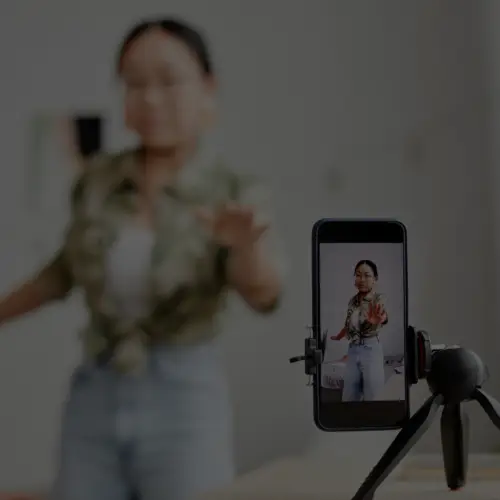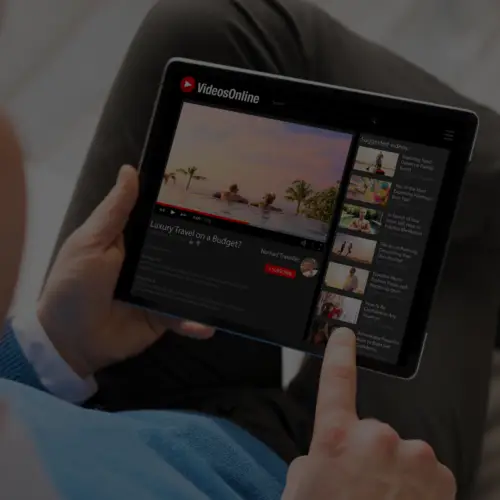12 Jun Is Viral Video an Effective Marketing Strategy?
Since I’ve started working at a social media agency, I’ve been a lot more aware of the kind of role social media and other new media plays in other aspects of our society. For instance, I recently watched a great episode of South Park, (one of the most educational shows on television, if you ask me) which dealt with the problem of monetizing viral video. All the popular YouTube stars were represented, from Chocolate Rain guy to the Dramatic Prarie Dog. They were all waiting to get the money they were theoretically owed from their online success. After a bloodbath between the stars, only the South Park gang was left to learn the lesson, which Kyle summed up thusly:
“We thought we could make money on the Internet, but while the Internet is new and exciting for creative people, it hasn’t matured as a distribution mechanism to the extent that one should trade real and immediate opportunities for income for the promise of future online revenue. It will be a few years before digital distribution of media on the Internet can be monetized to an extent that necessitates content producers forego their fair value and more traditional media.”
Regardless of how on point the show seems to be, there are still surely ways to monetize and utilize the power of viral video. Ad companies can take advantage of the aspects that make a video “viral” as long as they remember to point people back to the product they are selling. If the technology and opportunity exists, then why not take advantage of it? But is viral video an effective marketing strategy? It might be a few years before we are able to see the same kind of effect as traditional media, but we can’t wait around to get the ball rolling the way we want it to. Unfortunately, you can’t exactly make a video for your product, expect it to go viral on its own and then sit back and watch the dollars pour in, though. If you’re wondering how to make and aggregate a viral video— there’s a good post about it here.
I’ve broken down the three things that seem to work in making a video worth watching and how they might drive traffic back to your site.
- Humor – This is the foremost category of viral video, and the subject of most of the things people aggregate on the net anyway. People want to laugh, and they want to show their friends the things that make them laugh. Sharing or viewing something humorous invokes a very simple and common human emotion: pleasure. There are a lot of funny commercials out there, but they fall short when they can’t tie their product in with the content of their ad. My favorite Superbowl commercial is one that featured “Cat Herders“—hysterical concept, flawless execution. Unfortunately, I can never remember who the company was. Now, take for example Smirnoff’s Tea Partay. Also pretty funny, but more importantly, it integrated the product within the content of the video. As of this writing, the video has well over 4 million views on YouTube. I can’t say that I want a Smirnoff Raw Tea necessarily, but I remember it because the video was funny (enough) and it linked back to the product.
- Shock – If humor doesn’t play to your emotions, then maybe you’ll bite on another powerful and basic human emotion: fear. I came across an interesting example of a video that calls up the right amount of fear and sparks viewers to go and find out more on their own. There are a few different versions of it on YouTube, but the most popular one has nearly a million hits. I’ll let you watch it for yourself, but this dialogue free video clearly lets us know that cell phones are “evil.” I think this is an interesting case because even though there is no branding or link on the video itself, it was powerful enough and so scarily realistic that I wanted more information.
Another good example of the way this sort of shock viral marketing works is with Nine Inch Nails’ album Year Zero. There were a series of seemingly unbelievable and shocking videos going around the web as a part of an ARG. The whole campaign was well put together, and got people watching the web for more information. Too bad the album was a stinker. Nonetheless, shock can work, especially if your video leaves viewers saying, “That can’t be real.” - Empathy – Perhaps the least impressive sort of video in my book, some videos play to our sense of empathy to drive us toward rethinking the way we live our lives. A classic example of this is the famous Dove ad. Now, I’ve found that the employment of the empathy tactic is not necessarily a bad one, but it seems to be less effective in reaching all audiences. While it’s easier to share something funny or amazing with a friend, it takes a little more to be able to say, “Hey, you really ought to see this… It’ll make you think.”Nonetheless, this might be the easiest way to tie a product in with the video. There’s no doubt in my mind that Dove sales have increased due to their popular videos, and they were able to reach a completely different market than they might have using more traditional media. There are probably some other good examples of this working for other folks, and we’d love to hear if you know of any good ones.
Use one of these three methods to market your product in a way that is consistent with your brand. Don’t be afraid to take risks with what you do, just make sure those risks are calculated. Viral videos and social media marketing are great tools to get awareness of your product out there, just be sure to tie your video and product together. Otherwise, you might be sitting around waiting for your theoretical dollars for a long time.






